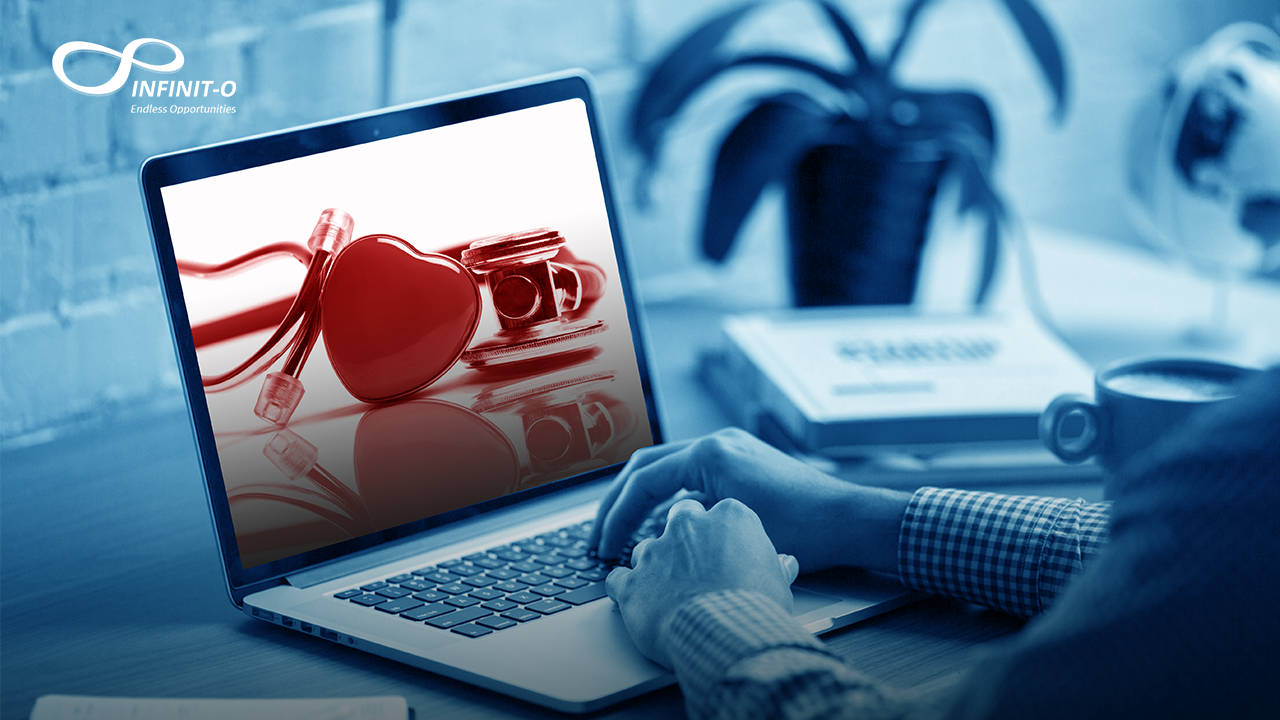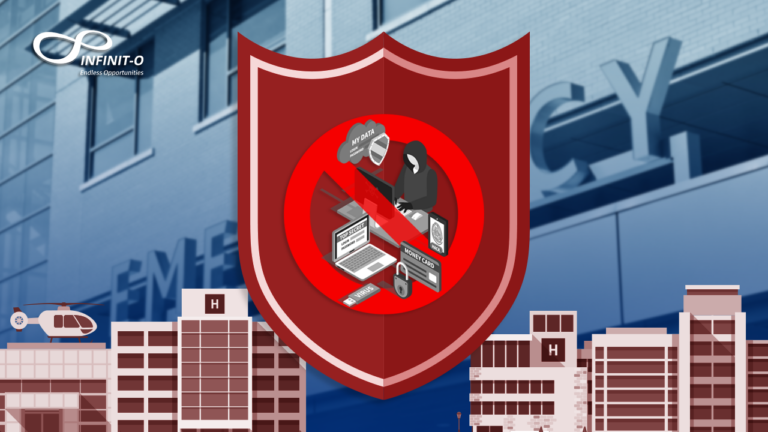Telemedicine and its Impact to the Healthcare Industry

The healthcare industry has seen immense growth over the decades thanks to the ease and convenience brought by the advancement of today’s technologies. However, there are still many challenges that the industry has to overcome, especially when it comes to accessibility and convenience of services both for the patients and the medical providers.
One of the solutions the medical profession and the healthcare industry have come up with to address these issues is telemedicine.
What is Telemedicine?
Telemedicine is the use of telecommunications technology such as phones and computers to provide clinical services to patients over long distance communication. Through phone calls, emails, mobile apps, and even video chat, health care professionals are able to diagnose and treat patients without the need for long travels or in-person hospital visits.
Aside from connecting patients and medical providers, telemedicine also offers a way for health care professionals to consult with other physicians or specialists in the diagnosis or treatment of a patient without having to leave their own facilities.
Telemedicine has been around for decades in some way or another. But with the giant leaps in technology that the world has experienced over the last two decades, it is only now that telemedicine is really beginning to take a place in the field of health care delivery.
How Telemedicine Impacts Patients and Providers
A fast-growing field in the healthcare industry, telemedicine holds a lot of promise in solving various challenges that health professionals and patients are facing today. Providing a range of benefits for both patients and medical providers, it offers:
1. Convenient and Easy-to-Access Care
The original goal of telemedicine is to deliver health care services to patients in remote or rural areas, offering a solution for problems such as shortage of medical professionals and health care facilities. Smaller hospitals in rural places are also able to provide intensive care services with the help of specialists in other facilities via remote patient monitoring systems.
The use of telemedicine has also expanded to reach patients even in urban areas who are leading busy schedules and lifestyles. Less willing to waste their time traveling to the hospital or clinic and waiting in line at the doctor’s office, patients are looking for more convenient ways of accessing on-demand and immediate care.
Homebound patients or those dealing with chronic conditions are also able to benefit from telemedicine technologies that allow them to share real-time medical information such as blood pressure, heart rate, and other vital signs to their physicians in case of emergencies.
Patients can now easily and quickly connect with their health care providers, and medical professionals can also easily reach other specialists due to the emergence of HIPAA-compliant mHealth (mobile health) apps and secure messaging solutions as well as remote monitoring and online management systems.
HIPAA (Health Insurance Portability and Accountability Act of 1996) is a US federal law that sets the standard for the protection and privacy of a patient’s personal health information.
Only HIPAA-compliant, encrypted and secure telemedicine software solutions and messaging apps can be used in transmitting any sensitive patient data or electronic protected health information (ePHI) between patients and health care providers. Email, SMS and mobile apps such as Skype, Facebook Messenger and Google Hangouts, were not designed for telemedicine and must not be used to communicate private health information and records.
2. Reduced Healthcare Costs
Telemedicine helps patients, medical providers, insurers and even employers reduce health care costs and save money.
Unnecessary and non-urgent ER visits or physical check-ups for diagnosis of simple health issues like sore throats, skin rashes, colds or flu may be eliminated through the use of telemedicine which, in turn, help patients save on transportation expenses and higher costs of in-person visits.
More expensive hospital visits can also be significantly reduced for patients with chronic conditions through the use of remote analysis and monitoring services. The American Hospital Association (AHA) previously reported about a remote patient monitoring program in Pennsylvania in the US that saved 11% in costs and even increased the return of investment (ROI) by over 300% for the investors.
Telemedicine services can also help businesses and employers as well as their employees save time and money by reducing absences from work and billable expenses incurred from hospital visits.
Aside from cost-savings for patients and employers, telemedicine can also benefit medical providers. Instead of providing free over-the-phone consultations during non-clinic hours, doctors can now turn their on-call hours to billable time.
3. Better Access to Specialists
According to the National Rural Health Association (NRHA) in the US, there are only 30 specialists available for every 100,000 patients in rural areas. Patients in rural or remote areas endure longer travels just to access specialists and life-saving treatments for specific diseases.
Telemedicine improves patient access to specialists. It also widens the patient population for a specialist, helping them overcome geographic limits and expanding their reach.
4. Improved Health Outcomes & Better Care Quality
Telemedicine offers care that is patient-centered in that it provides patients with quality care when they need, and where they need it. Medical issues can be quickly addressed through real-time urgent consultations within minutes. A timely diagnosis and the early treatment of a patient will often result in improved outcomes and less expenses.
Remote monitoring programs also offer better care in places where medical providers or specialists are out of reach. In the same AHA telemedicine program mentioned above, the study found that patients who were enrolled in the remote monitoring program were 23% less likely to be admitted to a hospital; 30-day readmissions were also 44% lower while 90-day readmissions were 38% lower for enrolled patients compared to those who were not enrolled.
Another example is the Virtual Care Center operated by the Mercy Health System in the US. Dubbed as a “hospital without beds”, Mercy specialists provide remote support for emergency rooms, intensive care units (ICUs) and other programs in 38 smaller hospitals – many of which do not have an on-site physician 24/7 – from Oklahoma to North Carolina.
It was reported last year that ICUs under the Virtual Care Center saw a 35% drop in the average length of stay of patients, and 30% less fatalities than expected.
5. Increased Patient Engagement
Patients are becoming more tech-savvy and even more aware of their health thanks to the rise of telemedicine and a wide variety of health care apps available today. Telemedicine increases patient engagement by helping them maintain check-up appointments and care schedules.
Virtual consultations also make it easier for patients to reach out to their physicians, report early warning signs or any health concerns, and follow through on their appointments.
Is Telemedicine the Right Choice for You?
Despite the hurdles facing telemedicine including the lack of consistent healthcare laws, privacy protection rules, and reimbursement policies and regulations, it is still a positive and rapidly rising healthcare trend.
According to the “Telemedicine Market – Forecasts from 2016 to 2021” report by Research and Markets, the global telemedicine market was estimated to be worth US$19.336 billion by August 2016. The global telemedicine market is also expected to grow at a CAGR of 16.76% over the forecast period and reach US$48.985 billion by 2021.
Despite its current limitations, medical providers and institutions are already turning to telemedicine to solve health care issues and improve patient access to quality care.
Though there may be some institutions offering in-house telemedicine services, many health care providers are choosing to outsource services when it comes to telemedicine in order to lower costs and reduce the burden on their practice and in-house staff.
Providing quality outsourced health care services to various institutions, Infinit-O has continuously proven itself as a flexible and trusted outsourcing company. Infinit-O, through Infinit Healthcare, specializes in finding the right solutions to the different issues faced by health care providers and companies of today.









nice information, thanks for sharing.
Telemedicine is making a very positive contribution to healthcare during the pandemic and is being used in a variety of ways. Thanks for sharing this informatics blog.
Nurses and other healthcare professionals need to be mindful of these issues, especially when technicians not bound by professional codes of ethics are present at telemedicine sessions.
Thanjk you for the interesting blog. As there is a global pandemic which is going on in this world it is high time that we adopt telemedicine and telehealth technologies inorder to avoid spreading of this dangerous virus among people. Telemedicine has greater benefits as it involves reduced cost which is the major concern for the people who needed access to healthcare. Telemedicine and telehealth technologies have made its progress and is making its important for the people in the world.
Really an interesting blog I have gone through. There are excellent details you posted here. Sometimes it is not so easy to design and develop a Digital Health Care Solutions without custom knowledge; here you need proper development skills and experience. However, the details you mention here would be very much helpful for the beginner.
Know more here: Telehealth Development
Telemedicine is making a very positive contribution to healthcare during the pandemic and is being used in a variety of ways. Thanks for sharing this informative article. Visit www.patientmd.com
I’m planning to incorporate medical finance software in my hos[ital because this may help secure my patients’ personal information. It’s also interesting to learn that the telemedicine may help connect the patients and medical providers easily. Thank you for also elaborating here that telemedicine will allow the medical providers to share medical information such as blood pressure, heart rate, and vital signs.
This was a really wonderful post, I liked it. Telemedicine is making a very positive contribution to healthcare during the pandemic and is being used in a variety of ways. Visit our healthcare platform PATIENTMD.COM to consult with our Physician via Telemedicine. Thanks for sharing.
Thank you for sharing that telemedicine has helped patients in rural areas to get access to specialists when they are unable to travel to the hospitals. It is great that this technology has been invented to provide convenience for the patients to identify their health issues with the right doctors. Therefore, I would like to think if a hospital wants to improve its service, it should consider getting virtual health care software.
Thank-you for sharing such an informative blog. Telemedicine has greatly impacted the healthcare industry in a very positive way. It saves a lot of time for the providers and for the patients. Providers can deliver quality care to more patients in less time.
Telemedicine has had positive impacts on healthcare. This blog offers some great insight. Thank you for sharing!
I liked how this post shared that telemedicine allows you to provide health care services to patients in remote or rural areas. My friend wants to reach more patients in remote areas. I think it’s best for them to opt for a telemedicine system to bring advanced medicine to the community.